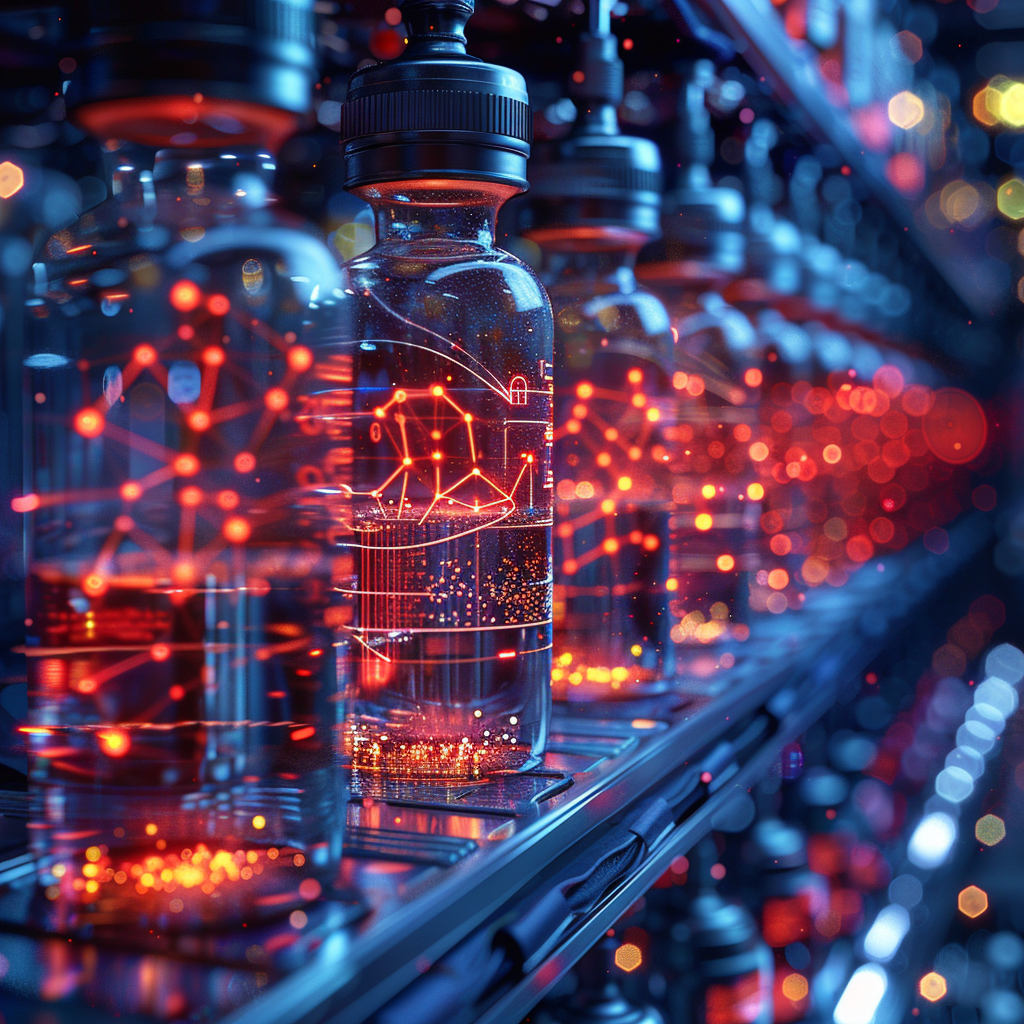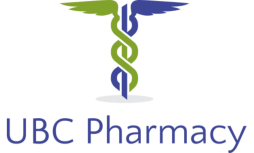High Fidelity Drug Discovery and the Role of DNA Encoded Libraries
High Fidelity Drug Discovery aims to create small molecule libraries with maximum accuracy and efficiency for the purpose of drug development. DNA encoded libraries (DELs) play a crucial role in this process.
Connection Between High Fidelity Drug Discovery and DELs
DELs contain vast numbers of potential drug candidates. Each molecule in the library is tagged with a unique DNA barcode. This allows scientists to identify and synthesize any promising candidate molecule after screening the library against a drug target.
Yoctoreactor Technology
Yoctoreactor technology creates high-fidelity DELs. This technique utilizes DNA origami to fold DNA strands into 3D structures. Small molecule building blocks are attached to these structures, allowing for controlled chemical reactions to occur. This approach ensures precise assembly of the desired molecules within the library.

Streamlining Drug Discovery
DELs streamline drug discovery. By combining efficient library creation and easy molecule identification, DELs accelerate the process of finding potential drug candidates.
Enhancing Efficiency through DELs
In essence, High Fidelity Drug Discovery leverages DNA encoded libraries to generate highly precise and diverse collections of candidate molecules, significantly improving the efficiency of drug discovery efforts.
Impact on Pharmaceutical Industry
The use of DELs is revolutionizing the pharmaceutical industry by providing a more streamlined and efficient approach to drug development. This method not only reduces the time required to identify and synthesize candidate drugs but also enhances the precision with which these molecules can be engineered.
Cost-Effective Drug Development
The efficiency of DELs translates into cost reductions for drug development. By enabling the rapid synthesis and testing of thousands of compounds, DELs lower the financial risk associated with pharmaceutical research and development.
Environmental Considerations
The targeted nature of DELs minimizes waste production, making it an environmentally friendly option in the realm of pharmaceuticals. This aspect is increasingly important as the industry faces pressure to reduce its carbon footprint.
Regulatory Implications
As DEL technology continues to evolve, regulatory bodies are adapting their policies to ensure the safety and efficacy of drugs developed using this method. This includes stringent checks on the synthetic processes involved in DELs and the therapeutic molecules they produce.
Future directions
The ongoing advancements in DEL technology suggest a promising future for High Fidelity Drug Discovery. Further refinement of the technologies involved, such as more sophisticated DNA origami techniques and integration with automation, could lead to even faster and more accurate drug discovery cycles.
Collaboration and Innovation
Collaboration between academic institutions, biotechnology companies, and pharmaceutical giants is crucial in driving forward the innovations in DEL technology. These partnerships help in pooling resources, sharing knowledge, and accelerating the application of DELs in real-world scenarios.
Conclusion regarding High Fidelity Drug Discovery
High Fidelity Drug Discovery, through the use of DNA encoded libraries, stands at the forefront of transforming the landscape of pharmaceutical development. With its capability to precisely and efficiently produce diverse molecule libraries, DEL technology holds the potential to drastically improve the pace and precision of drug discovery processes.
